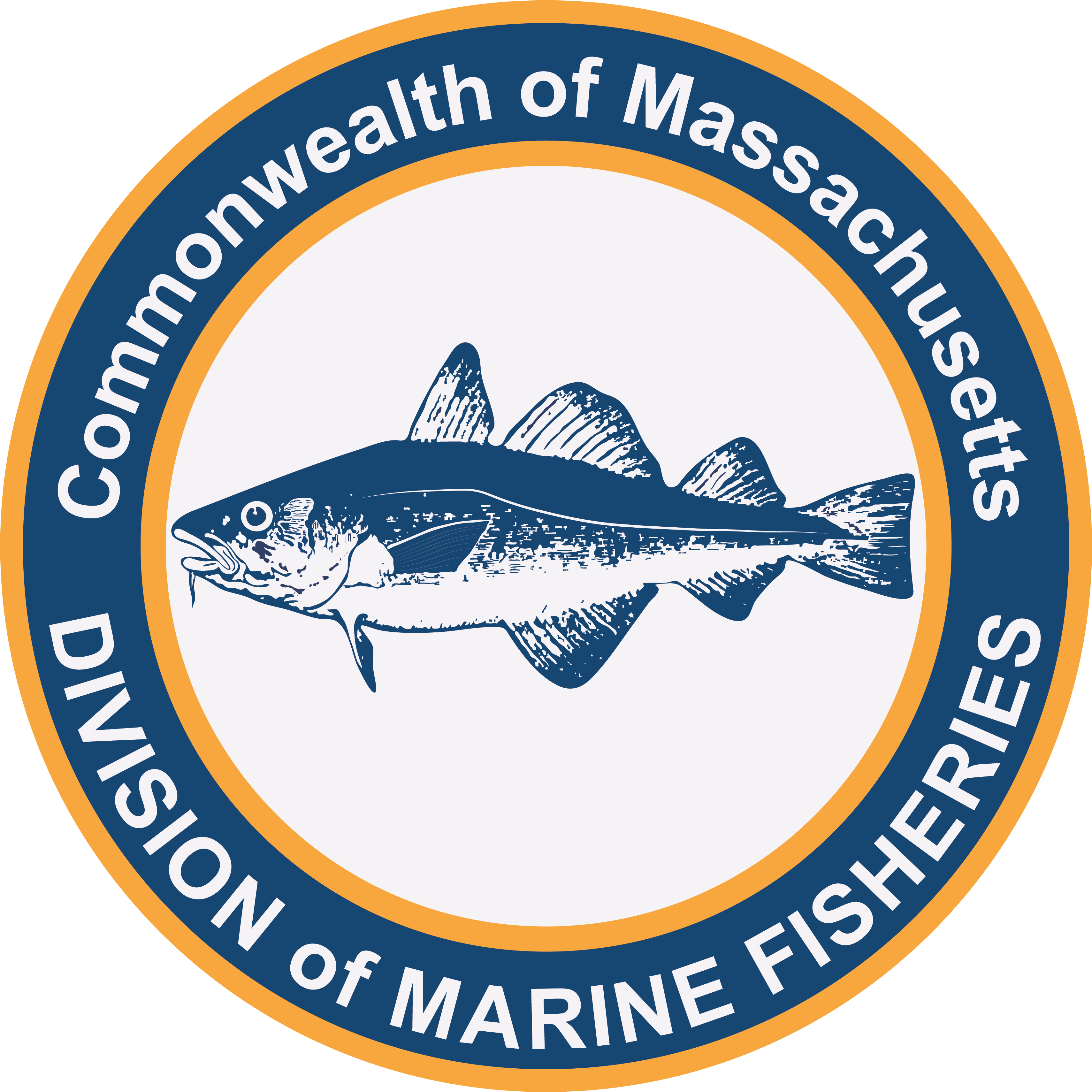- Division of Marine Fisheries
Below find the changes made to DMF fishing rules by regulation, emergency action, and in-season adjustment from July 1, 2023 through December 31, 2023. Regulatory changes follow an extensive public process and remain in effect permanently unless otherwise amended; emergency actions go into effect immediately upon adoption and without any public process, remain in effect for a period of 90-days, and may be adopted on a more permanent basis following the public process; and in-season adjustments goes into effect immediately upon adoption, requires a truncated public process, and allows DMF to timely respond to quota availability or use in-season and only affect that calendar year.
Commercial Horseshoe Crab Rules (322 CMR 6.34). For 2023, DMF capped total commercial harvest and mortality by the commercial horseshoe crab fishery. This was accomplished through the adoption of the first-ever biomedical quota, which was set at 200,000 horseshoe crabs annually to be divided evenly among active biomedical processors, and by reducing the bait quota by 25,000 horseshoe crabs from 165,000 horseshoe crabs to 140,000 annually. DMF also enacted several measures to enhance the transparency of the biomedical fishery management program. This included establishing the best management practices adopted by the Atlantic States Marine Fisheries Commission as regulation, and for 2024, creating new permit categories specific to biomedical harvesters, dealers, and processors. Lastly, DMF implemented an in-season adjustment affecting the trip limits in the 2023 horseshoe crab bait fishery to slow quota consumption, delay an early season quota closure, and reduce regulatory discarding in mixed species mobile gear fisheries. Effective July 11, 2023 until the fishery was closed on August 6, 2023, this in-season adjustment reduced the limited access horseshoe crab trip limit for mobile gear from 300 crabs to 200 crabs and the open access trip limit from 75 crabs to 50 crabs.
Commercial Smooth Dogfish Limit (322 CMR 6.37). To enhance the utilization of the state’s 2023 smooth dogfish quota, DMF increased the daily trip limit from 100 pounds to 300 pounds through an in-season adjustment in July 2023. DMF intends to review the performance of the 2023 fishery to determine if it is appropriately to adopt this trip limit increase by regulation moving forward.
Commercial Period I Summer Flounder Limit (322 CMR 6.22). For 2024, DMF reduced the Period I (January 1 – April 22) summer flounder trip limit by 50% from 10,000 pounds to 5,000 pounds through an in-season adjustment. This responds to an anticipated 56% reduction in the summer flounder quota for 2024 compared to 2023. For 2025, Massachusetts is expected to receive a similar quota to 2024 and will consider adopting this 5,000-pound trip limit by regulation.
Commercial Period II Sumer Flounder Limits (322 CMR 6.22). In July 2023, DMF made several regulatory adjustments to it commercial summer flounder rules. This includes increasing the April 23 – August 31 trip limit from 500 pounds to 600 pounds for net fishers and 300 pounds to 400 pounds for hook fishers; increasing the October 1 – December 31 trip limit from 3,000 pounds to 10,000 pounds if more than 5% of the annual quota remains on October 1; lengthens the so-called “landing window” when vessels are allowed to possess and land summer flounder from 6AM to 8PM to 6AM to 10PM; and revises the small-mesh trip limit language to clarify that only vessels fishing with small mesh are subject to the 100 pound incidental catch limit.
Recreational Cod and Haddock Limits (322 CMR 6.03). In mid-August 2023, NOAA Fisheries implemented its recreational fishing limits for Gulf of Maine cod and haddock and Georges Bank cod for the 2023 Fishing Year (May 1 – April 30). DMF complemented these limits through an emergency action in mid-September and later adopted them as final regulations. For Gulf of Maine cod, the April 1 – April 14 season was eliminated in favor of extending the fall season from September 1 – October 7 to September 1 – October 31; the 1-fish bag limit and 22” minimum size were maintained. For Georges Bank cod, the open season was shifted by one month from August 1 – April 30 to September 1 – May 31 and the 22” to 28” slot limit was eliminated in favor of a 23” minimum size; the 5-fish bag limit was maintained. For Gulf of Maine haddock, a split mode management approach was adopted providing disparate rules for private anglers as compared to anglers on for-hire vessels. For private anglers, the bag limit was reduced from 20-fish to 10-fish and the April 1 – February 28 open season and 17” minimum size were maintained. For for-hire anglers, the bag limit was reduced from 20-fish to 15-fish and the minimum size was increased from 17” to 18”; the open season of April 1 – February 28 was maintained.
